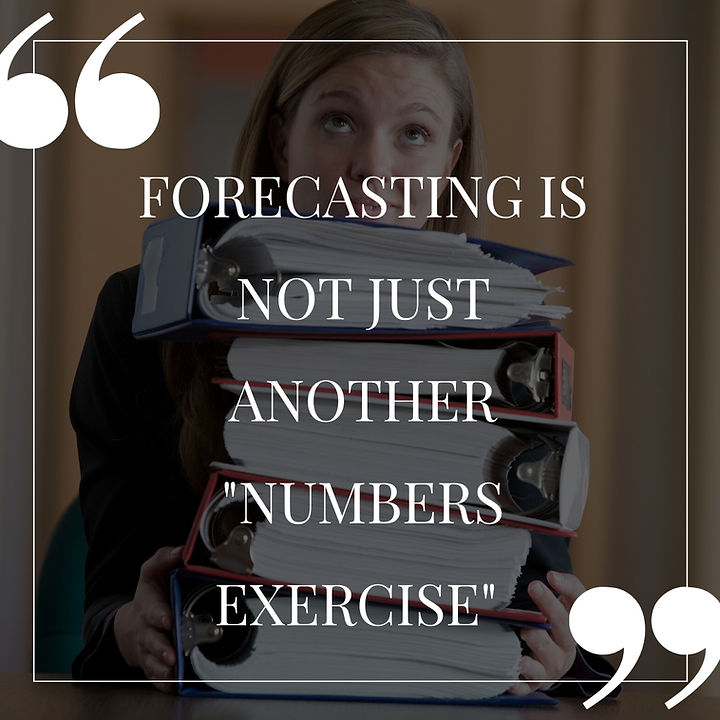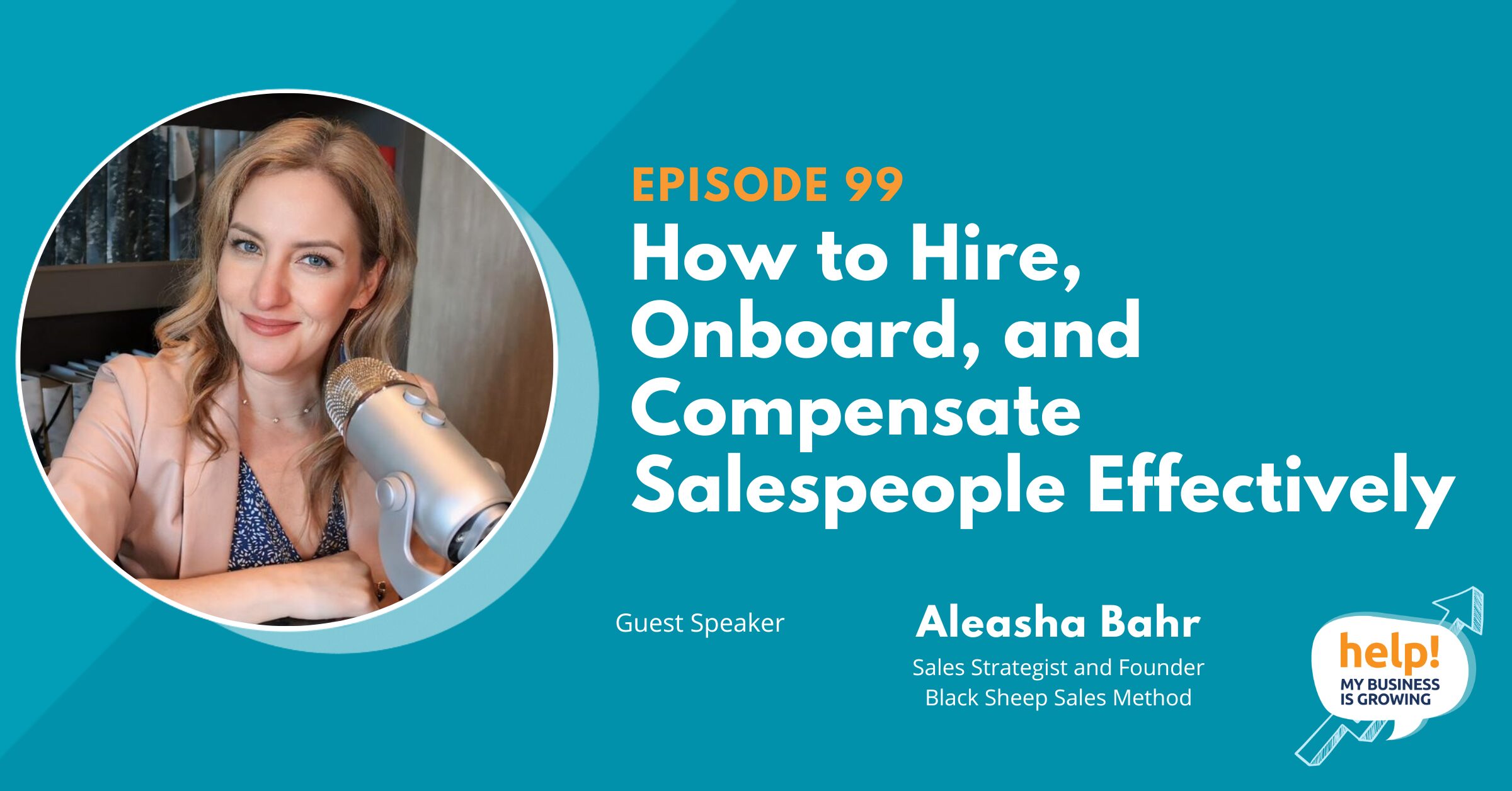As Gandhi stated, “The future depends on what you do today.”
When you look to the future of your business, you likely dream of its success. But hoping for it – and planning for it – are two very different things.
In the business world, financial forecasting helps outline the future direction of a company based on its history and anticipated future events. Although everything doesn’t always go according to plan, proceeding without one is like taking a walk on the wild side.
What Is Financial Forecasting and Why is it Important?
Financial forecasting also referred to as “financial projections,” and “financial models,” help predict a company’s financial future using current and future trends while also considering its past performance (if available). Without examining these details, how do you know what results to anticipate?

It’s important to realize that this is not just a “numbers exercise.” Instead, it’s an opportunity to take a step back from your day-to-day involvement in the business and look at it from a bird’s-eye view.
The ultimate goal is to view where your business is headed and identify and expand its short- and long-term opportunities. And of course, to find potential holes in your finances before they happen. Using the information learned, you can plan appropriately to fill in those gaps.
Financial Forecasting vs. Budgeting
Both financial forecasting and budgeting are tools used by companies to establish financial goals. Although the terms are sometimes used interchangeably, there is a difference between them.
A budget, usually done on an annual basis, quantifies a path that a business hopes to take and what it wants to achieve for that particular budgeted period. It’s a financial plan, and once finalized, it becomes a static baseline for the actual performance to be measured against.

A financial forecast is a periodic update to that plan. It’s dynamic, and as the year goes on and you have new information about your business (such as increased demand for your product or a new contract that you did not anticipate during your budgeting), you adjust your financial projections to more accurately reflect this new reality.
The best way to describe the difference is to think of a road trip experience. Like a budget, you first set a destination of where you want to be and when. However, as you start driving, you realize that the road you were planning to take is closed for construction. You need to adjust your trip based on this new piece of information you have – that would be forecasting.
How Do I Start Making Financial Forecasts?
Forecasting is just as much of an art as a science – it incorporates both creative thinking and concrete facts. Although there are many different financial forecasting techniques available, they all have two components:
1) Historical Data
Begin by documenting where your business currently is and where it would be if nothing changes. This, of course, never happens, but it gives you a good foundation to build your forecast.
Gather as much historical data as you can such as contract information, product sales, headcount, and expenses. Try to be as accurate as possible. However, if you don’t have actual details for certain items, estimations can work as well.
2) Expected Projections
Take a look at your business’ history, general economic trends, and your customers’ behavior. Then think about how your business may change in the coming months and years.
What do you know will happen? What do you expect to happen?
When completing your financial forecasting, ask yourself if your projections make sense and how likely they are to happen.
Unfortunately, no one has a crystal ball to predict the future and even though forecasts are not perfect, they are still incredibly valuable.
You can create a good estimation of where your business’ finances will go by generating three different financial scenarios – best, worst, and most likely case – and cover most of the outcomes.
Reviewing and Revising Your Financial Forecast
Nothing is for sure in life. This is why regular monitoring of your company’s budget and forecast to the actual results (variance analysis) is crucial. Ideally, you (and your Fractional CFO) want to do this every month and adjust your forecast quarterly, or at least every six months.

Short-term forecasting is typically done for the next 12 months, with reviews suggested every quarter. However, if your business, the economy, or industry is experiencing a lot of change, you’ll need monthly forecasting.
Long-term budgeting, or forecasting, is done for a longer period – usually three to five years. This is more strategic and requires higher-level planning to achieve your business goals. Less detailed, a good way to estimate it is to multiply your base forecasted year (usually the current year) by a percentage point to show expected growth or shrinkage.
Remember, revisit and revise your financial forecast and compare it with present financial information. It can help you identify – and prevent – future shortfalls.
Need help with figuring out your business’ future? Just let us know and we’ll be there to walk you through it!



